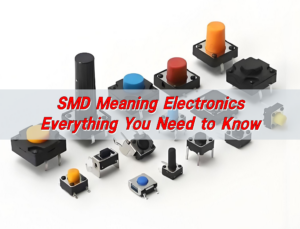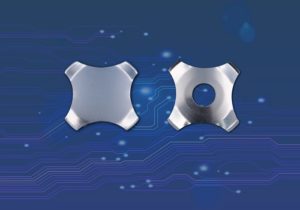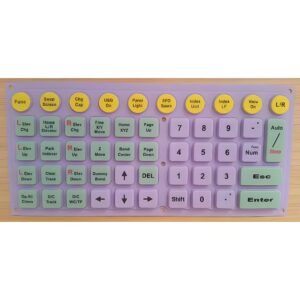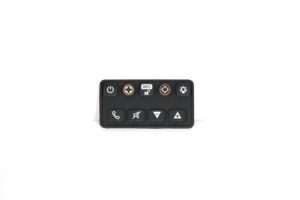The choice of dome switches holds significant importance in the realm of manufacturing and electronic devices as it directly impacts overall performance and user experience. When it comes to dome switches, two commonly considered options are stainless steel metal domes and nickel domes. These small but crucial components have a profound effect on the functionality and tactile feedback of various electronic devices like keyboards, remote controls, and touch-sensitive panels. In this article, we will delve into the key disparities between stainless steel metal domes and nickel domes, emphasizing their distinct characteristics and potential applications.
1. Material Composition
Stainless steel metal domes, as the name suggests, are primarily made of stainless steel. This robust and corrosion-resistant material provides durability and longevity to the dome switch. Stainless steel offers excellent resistance to moisture, chemicals, and extreme temperatures, making it suitable for applications in challenging environments. On the other hand, nickel domes are composed of nickel alloy, which exhibits similar properties to stainless steel but with some variations. Nickel domes are known for their high electrical conductivity, making them ideal for applications that require enhanced electrical performance. The nickel alloy composition also contributes to the domes’ flexibility and responsiveness, offering a distinctive tactile feedback to users.
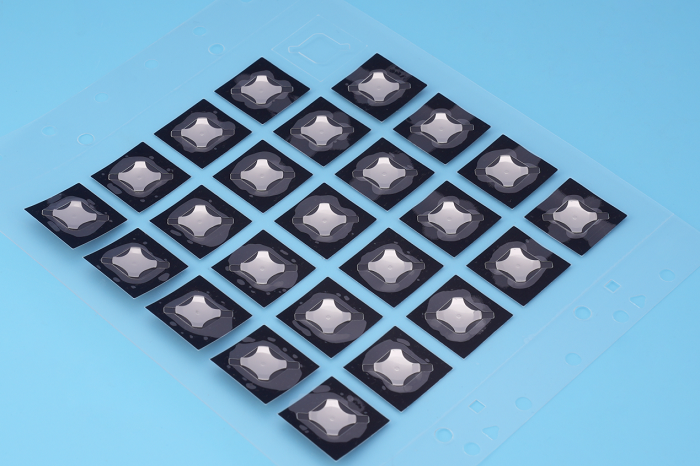
(Stainless steel)Â
2. Tactile Feedback
The tactile feedback provided by dome switches is a critical factor in user satisfaction and typing experience. Stainless steel metal domes are known for their crisp and tactile response. When a user applies pressure on a stainless steel dome, it collapses and then snaps back into its original shape, generating a distinct tactile feedback. This tactile response can vary based on the design and dimensions of the dome, allowing manufacturers to customize the user experience according to their specific requirements. Nickel domes, on the other hand, offer a softer and more subtle tactile feedback. When pressure is applied to a nickel dome, it flexes and springs back with a gentler response compared to stainless steel domes. This unique tactile feedback is particularly suited for applications where a softer keypress is desired, such as in membrane keyboards or touch-sensitive panels.Â
3. Actuation Force
Actuation force refers to the amount of pressure required to activate a dome switch. Stainless steel metal domes typically have higher actuation forces, providing a greater resistance to accidental keypresses. This characteristic makes them well-suited for applications that require a deliberate and deliberate input, minimizing the chances of accidental activation. On the contrary, nickel domes have lower actuation forces, making them more sensitive to lighter touches. This feature is advantageous in applications where swift and effortless keystrokes are desired, enhancing the overall typing speed and user comfort.
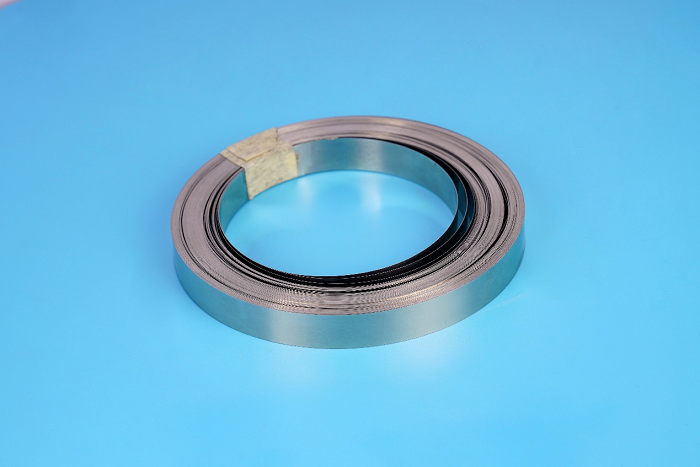
(Nickel metal dome)
 4. Application Scenarios
Both stainless steel metal domes and nickel domes find their applications in various industries and electronic devices. Stainless steel domes are commonly employed in high-end keyboards, industrial control panels, and ruggedized devices, where durability and robustness are paramount. Their resistance to environmental factors and mechanical wear make them an excellent choice for demanding applications. Nickel domes, on the other hand, are often utilized in consumer electronics, household appliances, and automotive controls. The combination of their responsive tactile feedback and lower actuation forces makes them suitable for applications that prioritize user comfort and ease of use. Additionally, the high electrical conductivity of nickel domes makes them well-suited for applications that require superior electrical performance.
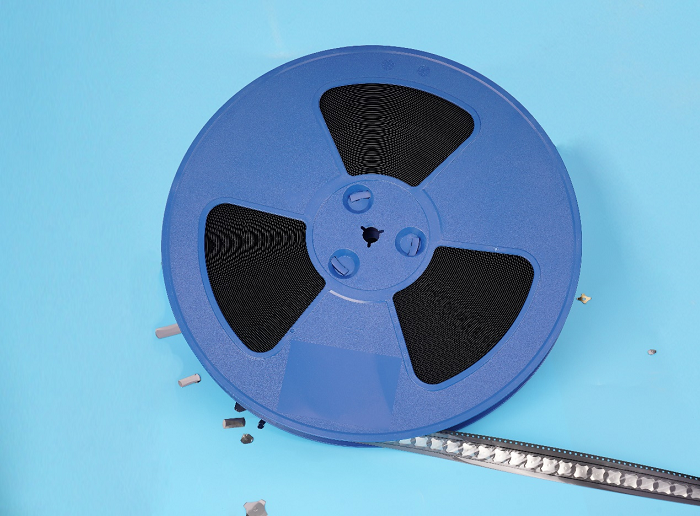
(Metal dome assemble on PCB)
Ultimately, the decision between stainless steel metal domes and nickel domes hinges upon the specific requirements of the electronic device and the desired user experience. Stainless steel domes offer unparalleled strength, durability, and a precise tactile response, making them well-suited for demanding applications. In contrast, nickel domes provide a softer tactile feedback, lower actuation forces, and superior electrical conductivity, rendering them ideal for situations where user comfort and electrical performance are of utmost importance.
When selecting dome switches for your electronic device, it is vital to consider the intended application, user preferences, and the desired balance between tactile feedback and actuation forces. By comprehending the disparities between stainless steel metal domes and nickel domes, manufacturers and designers can make well-informed choices to craft top-notch products that excel in performance and user satisfaction.
Over the past several years Best Technology has focused on global markets driven by the companyâs mission statement “Making Quality Circuit Boards & Electronic Chips through innovation and unparalleled customer service” and striving to become âThe Most Reliable One-Stop Fast Solution Provider of Electronics and Circuit Boards in the World!â We have a dynamic R&D team, an experienced engineering team and excellent management personnel with 20 years of experience. You are welcome to contact us if you have any questions about metal domes.


